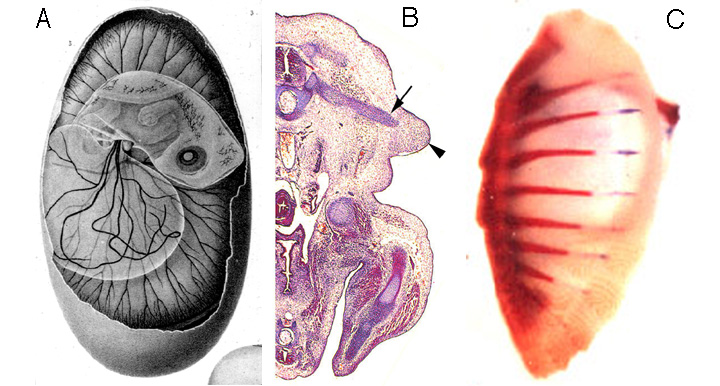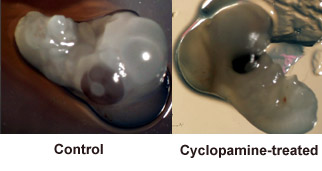|
The drawing on the left was rendered from life by Auguste Sonrel for Louis Agassiz' 1857 volume Contributions to the Natural History of the United States. III. The Embryology of the Turtle.(B) and (C) are taken from Gilbert et al. (2001) |
Last Modified: 28 September 2007


